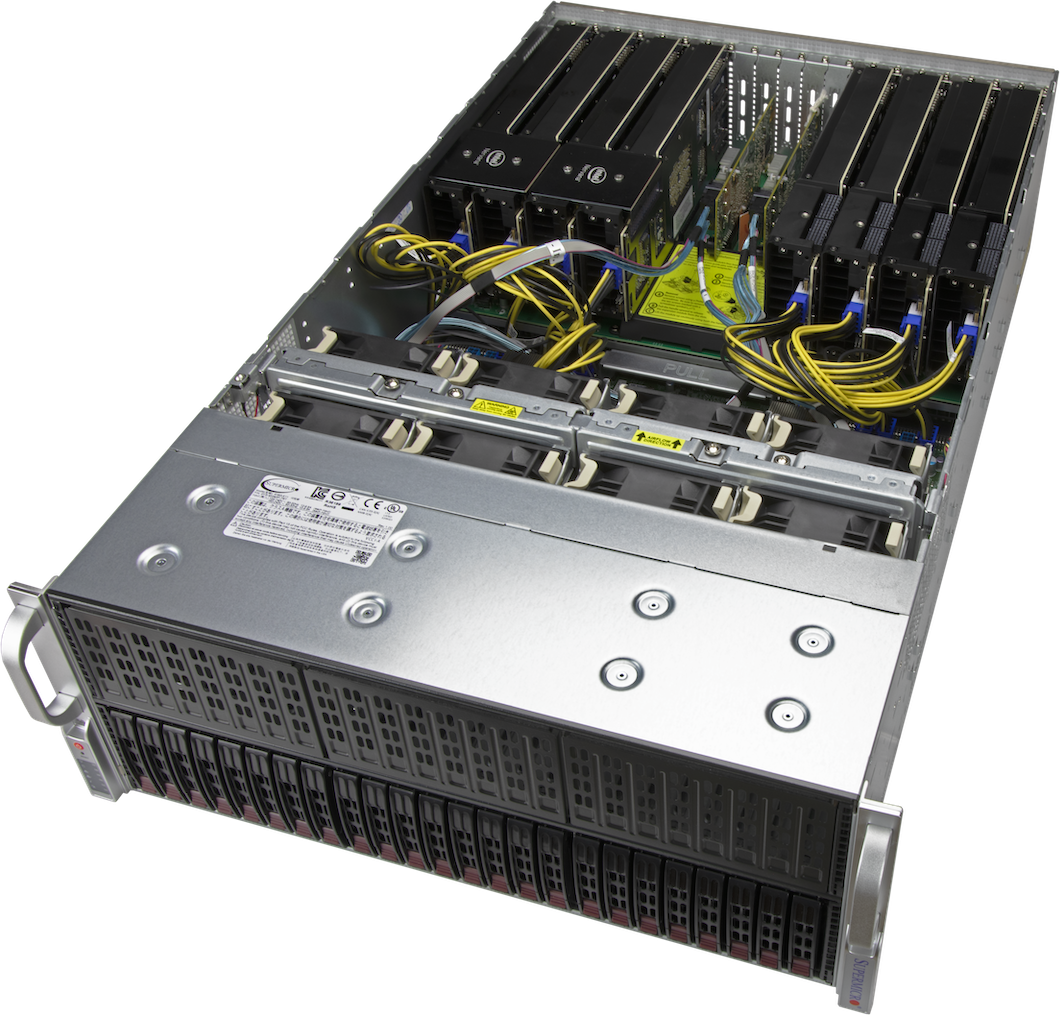“Supermicro is excited to cooperate with Intel for the Nervana NNP-T platform,” said Charles Liang, president, and CEO of Supermicro. “Striking a balance among computing, communication, and memory, the validated NNP-T ASICs on Supermicro systems can train large AI models with near-linear scaling efficiency via intra- and inter-chassis links.”
The Intel Nervana NNP-T solves memory constraints and is designed to scale out through systems with racks easier than today’s solutions. As part of the validation process, Supermicro integrated 8 NNP-T processors, dual 2nd Generation Intel® Xeon® Scalable processors, up to 6TB DDR4 memory per node supporting both PCIe card and OAM form factors. Supermicro NNP-T systems are expected to be available mid-year 2020.
“Supermicro has validated our Deep Learning (DL) solution and is helping us prove the Nervana NNP-T system architecture, including card and server design, interconnect, and rack,” said Naveen Rao, corporate vice president and general manager, Artificial Intelligence Products Group, Intel Corp.
With high compute utilisation and high-efficiency memory architecture for complex deep learning models, the Supermicro NNP-T AI System is built to validate two key real-world considerations: accelerating the time to train ever-complex AI models and doing it within a given power budget. The system enables faster AI model training with images and speech, more efficient gas & oil exploration, more accurate medical image analytics, and faster autonomous driving model generation.
“We are collaborating with Intel and Supermicro leveraging the NNP-T system architecture for enhanced research and discovery of innovative computational and data analysis capabilities for science and engineering applications,” said Shawn Strande, Deputy Director, San Diego Supercomputer Center, a research unit of the University of California, San Diego.




